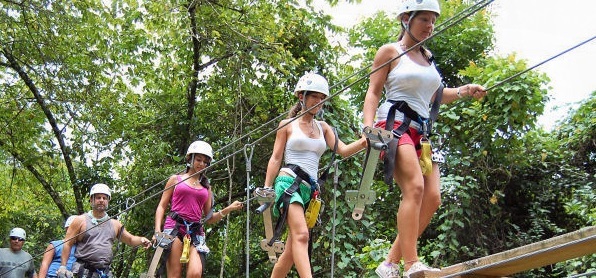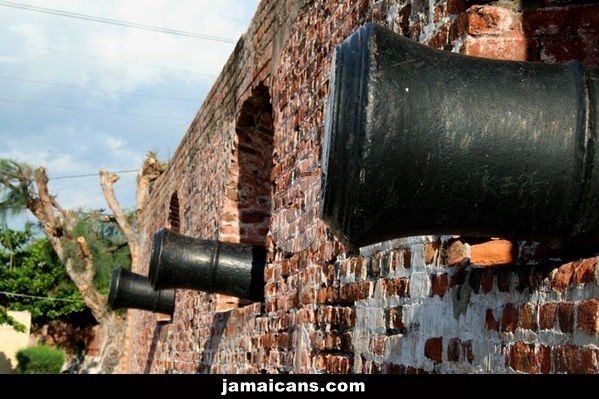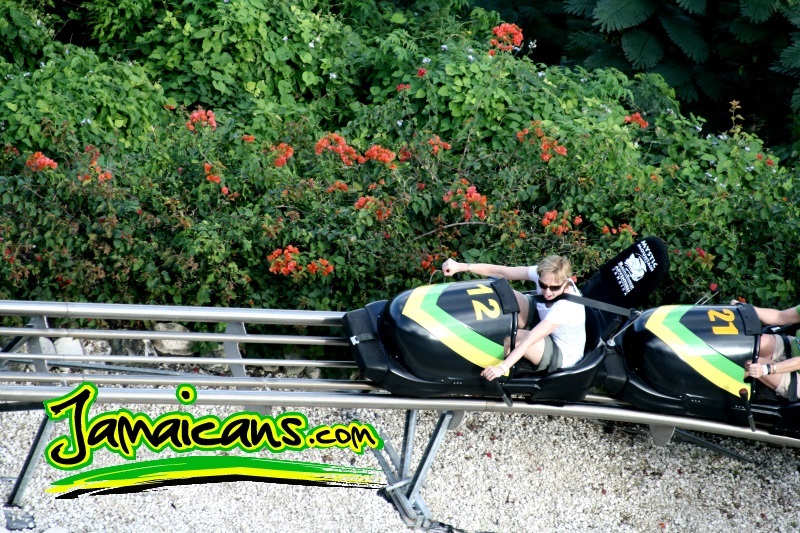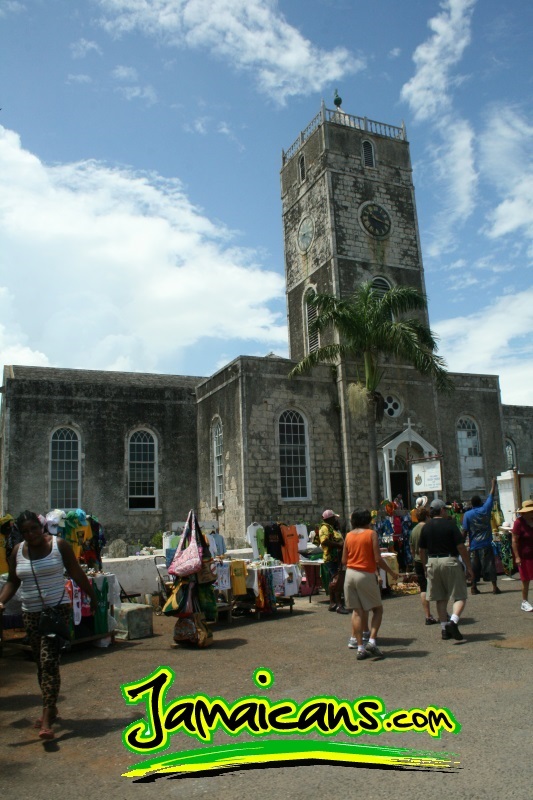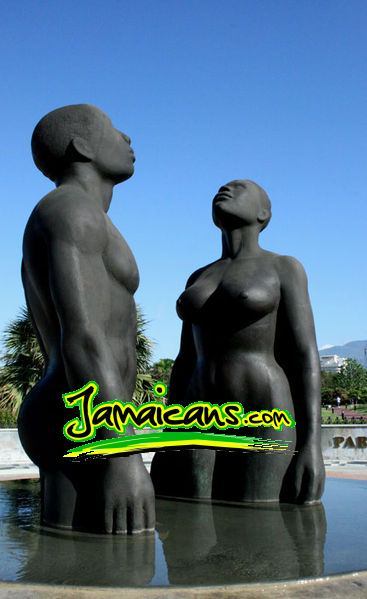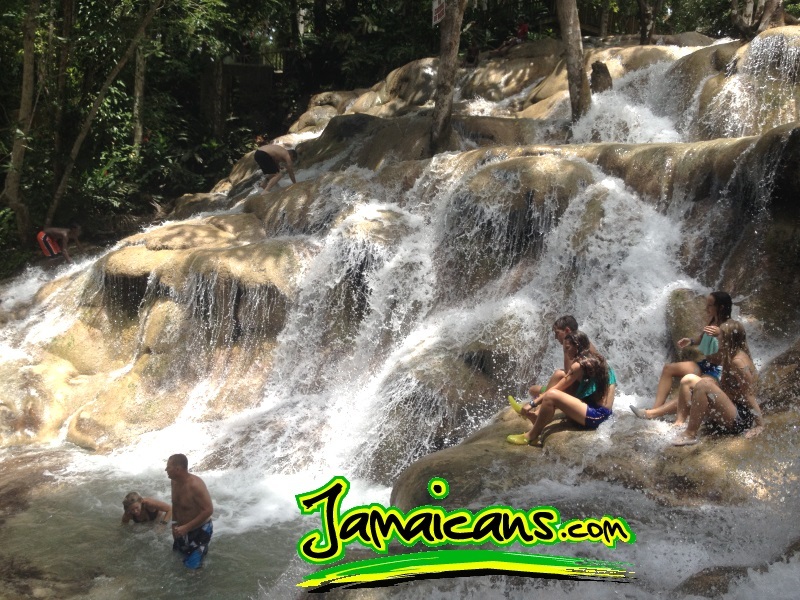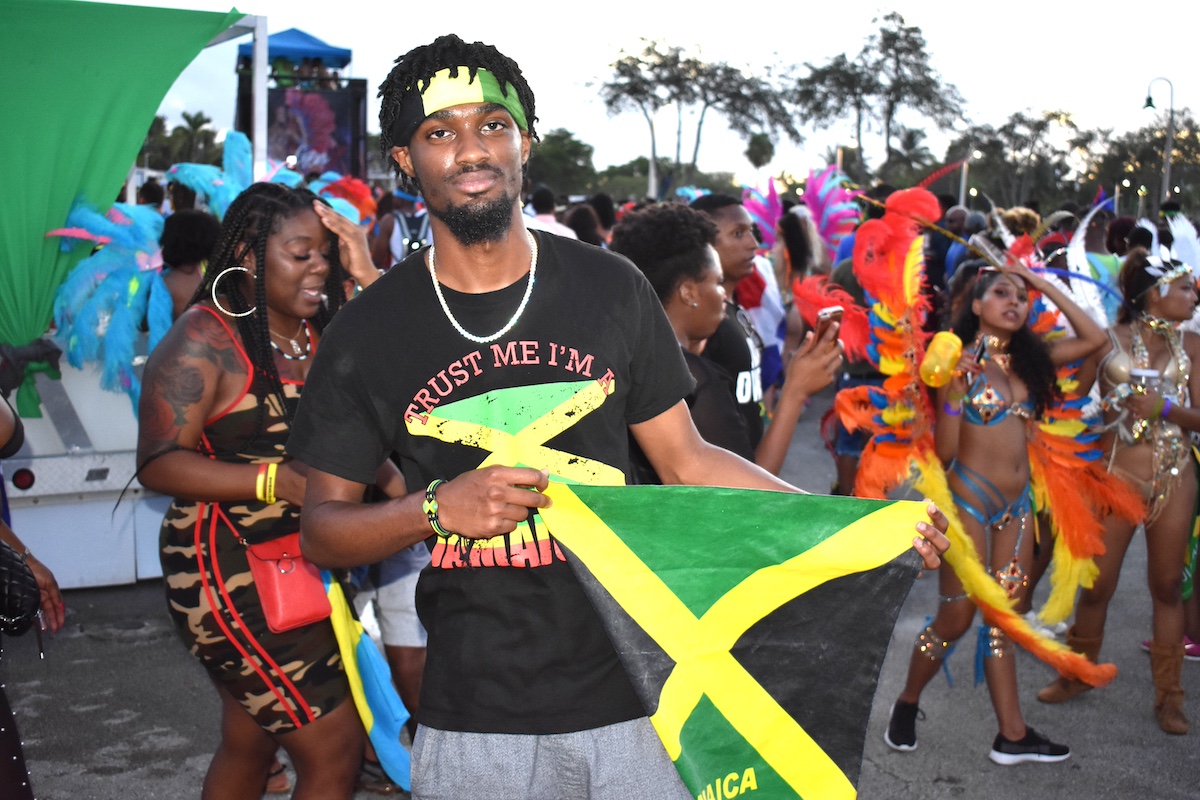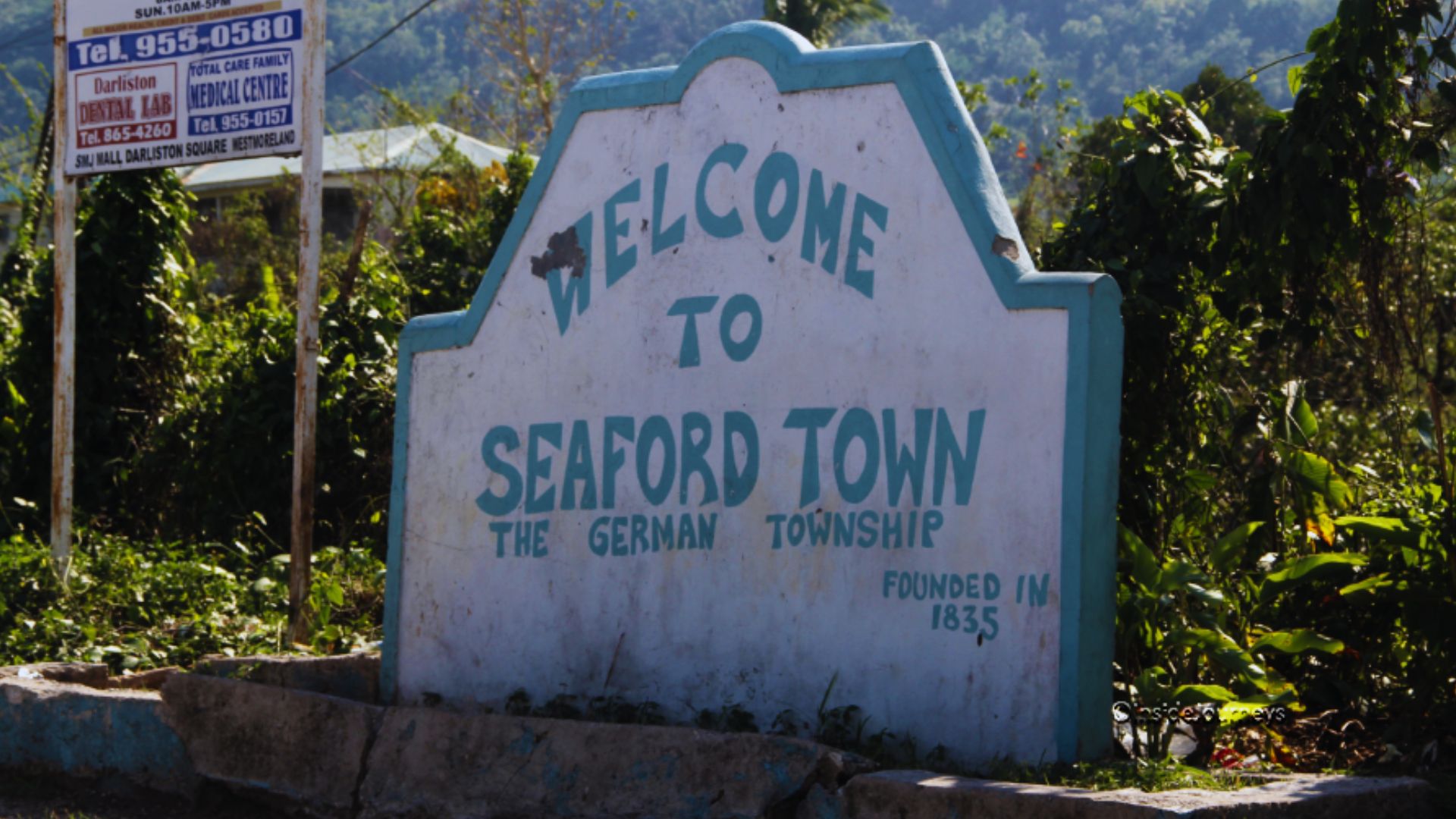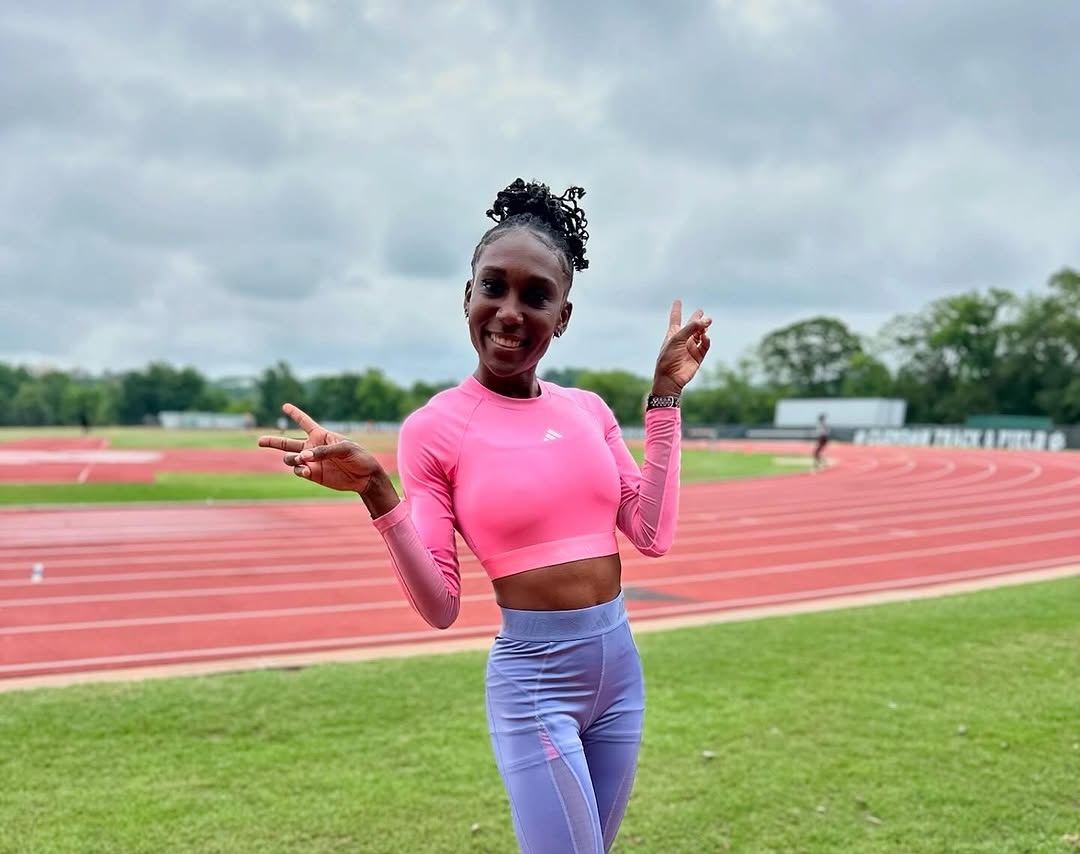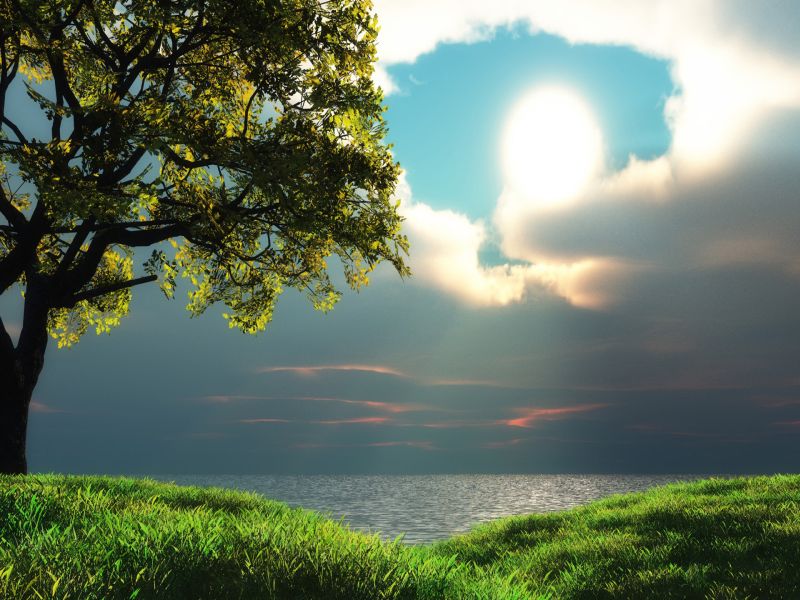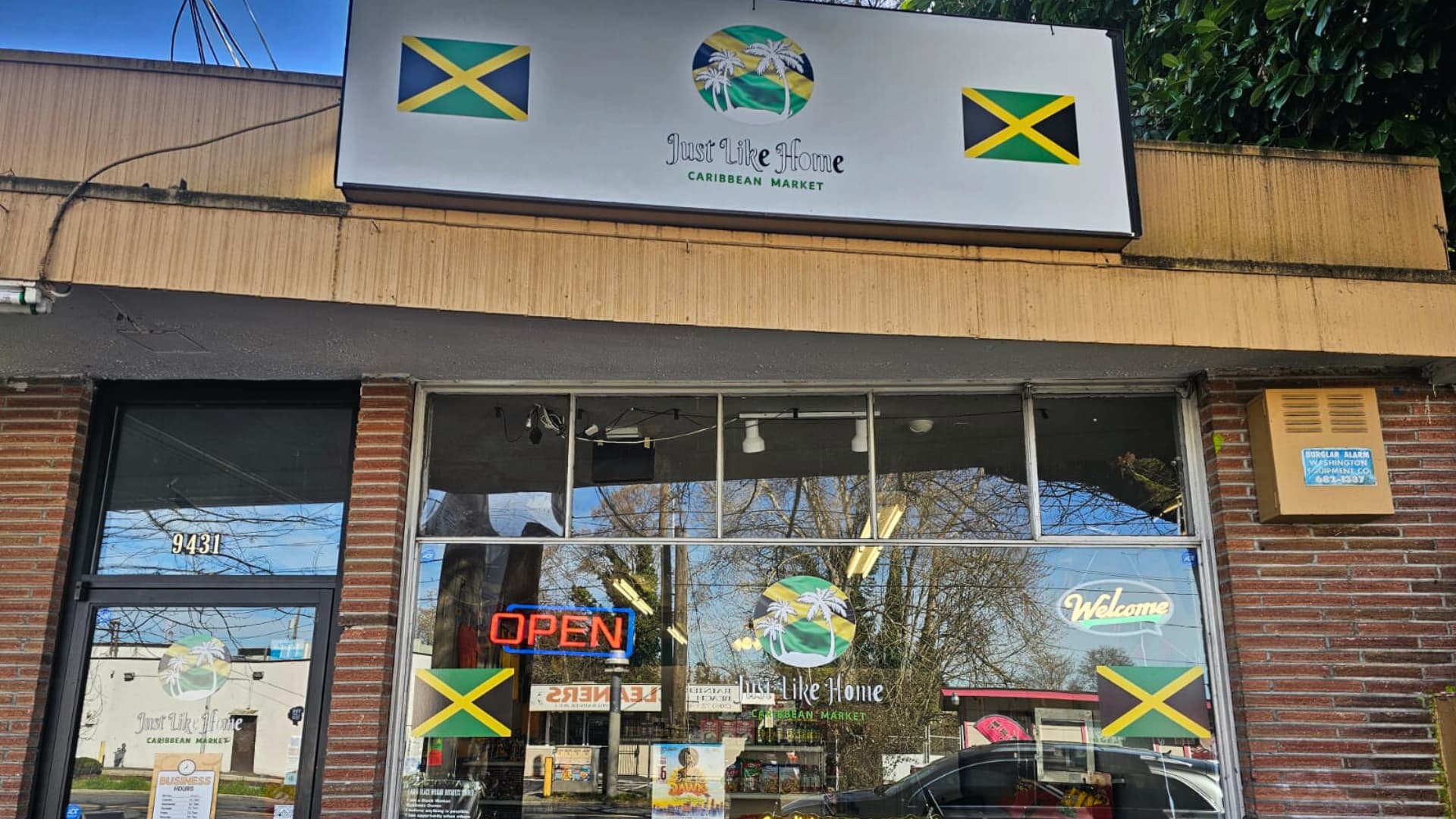Things to do and places to see in Jamaica, from the tried-and-true to hidden gems. Experience the many pleasures Jamaica has to offer.
Alligator Hole
Alligator Hole offers a small museum and information center operated by the National Resources Conservation Agency that is designed to introduce visitors to the unique plant and animal life located in the Canoe Valley National Nature Preserve. The reserve covers 3,000 acres of mangrove swamps, limestone, and herbaceous forests. This area is home to seven species of bats, 23 species of retiles, and 93 species of birds. Lucky visitors may see Jamaican manatees coming to drink from underwater springs that bubble up into the sea.
Boston Bay
Located on Jamaica’s northeast coast, Boston Bay offers a chance to relax like native Jamaicans and enjoy great food, excellent surfing, and local shopping. Boston Bay is considered the “birthplace” of Jamaican jerk, and the aroma of jerk chicken, pork, or fish adds to the pleasure of the environment. Boston Bay is also considered one of the best places to learn how to surf because of its small, consistent waves. Souvenirs can be purchased at the Fairly Hill Paper Factory nearby, where you can also attempt to make paper products yourself.
Cockpit Country
The Cockpit Country is a remote region in western Jamaica. It offers steep-sloped hills and deep valley that have been eroded from its limestone bedrock. Wildlife in the area has adapted to the unique environment, and there are many species here that are found nowhere else on the planet, such as the Giant Swallowtail butterfly whose wingspan can reach up to eight inches. More than 100 plant species are only found here, some only on a single hill. Five major island rivers receive their waters from aquifers beneath the surface of the Cockpit Country, and five parishes get all or part of their water supply from this area.
Dunn’s River Falls
Near the town of Ocho Rios is the 600-foot-long Dunn’s River Falls, one of the most visited attractions on the island. The waters of the Falls wash across a series of natural terraces before finally reaching the sea. Several lagoons are formed along the way. Visitors can climb the falls, either with or without a guide, and enjoy some great photo-taking options while taking in the lush tropical vegetation that shades the entire area. .
Emancipation Park
This park offers a relaxing oasis of green right in the center of New Kingston. While most visitors take advantage of the calm environment to eat lunch or talk with friends, there is also a 500-meter jogging track available for runners and a stage where concerts and other performance events are held. The park includes a number of water features, including one that can be synchronized to music, and many native Jamaican plants. The park’s theme is freedom from slavery, which is reflected in the “Redemption Song” statue at its entrance and the park’s use of water as a symbol of peace and rejuvenation.
Falmouth
One of Jamaican’s best examples of Georgian architecture, Falmouth is located among sugar estates and cattle lands. The courthouse is an excellent example of the 19th-century building style, and Greenwood Great House, built in 1790, is also a popular tourist attraction. Richard Barrette (a relation of the poet Elizabeth Barrett Browning) built the house, which is now home to a museum featuring period furniture, a collection of rare musical instruments, and Wedgewood china. Also in Falmouth is Good Hope Estate, a coconut and sugar plantation that dates from 1755. The house features the first hot-water bath facility to exist in the Caribbean and also has a waterwheel and the peaceful Half Moon Beach.
Green Castle Estate House
Green Castle Estate is located on an historic plantation that offers an excellent sampling of the lush tropical greenery of Jamaica’s countryside. There are 1,600 acres perfect for hiking and biking, and the area is top-rated for bird lovers. A walk along Waterfall Trail could mean sightings of some of Jamaica’s 25 endemic bird species in under an hour!
Holywell Recreational Park
For the eco-tourist, there is nowhere better than Holywell Recreational Park, which serves as a gateway to the Blue Mountains and John Crow Mountains National Park. The park, sometimes called a “park within a park,” sits 3,500 feet above sea level, a cool retreat from the bustle and noise of island cities. The park offers a spectacular view of Kingston, Portmore and Port Royal, as well as lush vegetation often shrouded in a tropical mist. There are ample opportunities for swimming, hiking, and biking near its waterfall and along the river.
Institute of Jamaica, Kingston
Located in Kingston, this is Jamaica’s premier natural history museum. It was created in 1879 by Sir Anthony Musgrave, the island governor, and was the first such facility established in the Caribbean. In 1978, the government expanded the Institute’s purpose to include the history of Jamaican music, the legacy of Marcus Garvey, and the promotion of Jamaica’s science and literature, as well as natural history.
Jamaican art
A visit to the National Gallery of Jamaica is not to be missed on a visit to Kingston. The gallery features a preeminent collection of Jamaican art, giving visitors a taste of the vitality and variations in the nation’s artistic heritage. The central collection is dedicated to the Jamaican School, which spans the years from 1922 to the present, and features sculpture by Edna Manley and the “intuitive” paintings of John Dunkley. Also on exhibit are painters of the recent past, surrealists and abstractionists, and works inspired by Jamaica’s indigenous cultures.
Kid-friendly adventures
Nothing will entertain kids as much as the “Swim, Hold and Feed the Sharks” program at Dolphin Cove in Ocho Rios. There is nowhere else to have hands-on contact with the fascinating and frightening sea creatures. Under the watchful eyes of trained shark-encounter experts, visitors get a chance to hold, tough and feed sharks, as well as an opportunity to swim in the same water as the sharks. There is also a “shark show” performance with pirates for an excellent all-day adventure.
Luminous Lagoon
This lagoon features the brightest bioluminescence display in the world. Visitors can take boat tours and travel out on the “Glistening Waters” of Luminous Lagoon in Montego Bay and also get into the water – only 3 to 4 feet deep – and watch the light show for themselves. The shallow waters ensure that the experience is perfect for both swimmers and non-swimmers.
Money Museum
The Bank of Jamaica’s Money Museum provides a history of money, both in Jamaica and worldwide. There are displays of many types of coins and a variety of artifacts designed to illustrate the historical background of money over time. The earliest forms of money are represented, and visitors will also learn about how coins and bank notes are made. Counterfeiting is covered in the displays, as are the many ways of monitoring and managing money. Overall, the museum offers a view of the history of Jamaica through the story of its money from the Taino trade, glass beads, “pieces of eight,” to pounds, shillings, pence, dollars and debit cards.
Nine Mile
This is the town in St. Ann where Bob Marley, legendary reggae musician, was born. It is also where he is buried. It is located south of Ocho Rios and is definitely on the list of attractions for those making reggae pilgrimages. Marley moved to Kingston in pursuit of his music career, but he often returned to write songs. Rastafarian tour guides are on hand to accompany visitors through the property and answer questions. The tour features the room Marley slept in and the pillow he used to rest his head on to find inspiration for his songs. Nearby is the Ethiopian church where his body was laid to rest with his guitar in a marble mausoleum. The community hosts several events in February to celebrate reggae month and Marley’s birth date.
Oracabessa
This is the site of the Oracabessa Bay Fish Sanctuary, which was created in 2010 to protect the marine ecosystem of the area and to increase the Bay’s biodiversity and improve the livelihood of the local fishermen in the community. The sanctuary is home to several coral reefs, and the organization has re-introduced sea turtles to the ecosystem. The community has long been a fishing village. It is located on the edge of Cayman Trough, which drops over 150 feet below the surface of the waters. The walls of the trough are covered in many types of hard and soft corals and provide homes for lobster, king crab, and moray eels.
Port Royal
Located at the mouth of Kingston’s harbor, Port Royal was founded in 1518 and acted as shipping center for the Caribbean region it was destroyed by an earthquake in 1692. It was once known as the richest and wickedest city in the world and was home to generations of pirates who plundered silks and gold from Spanish ships. Edward Teach, the pirate known as “Blackbeard,” and once lived in Port Royal. The old pirate haunts have now been transformed into museums, and the area is served by cruise ships. Major archaeological findings are also on display here, and Fort Charles represents another tourist attraction.
Quadrille dance
The Quadrille dance is a traditional dance that is often performed at cultural events throughout Jamaica. It was adapted from a French dance popular in English in the early 19th century. It was brought to Jamaica along with the British colonials and, as their Jamaican servants watched it, they adapted it to their own style over time, when slavery was abolished, the colonizers left, Jamaicans kept the Quadrille and made it part of the island’s national cultural heritage. The traditional red-and-white bandana costume worn during the dance is thought to be a mix of African Kente cloth and Scottish tartan.
Rainforest Bobsled Jamaica
Located at Mystic Mountain, this activity is a must for visitors of Jamaica who are fans of the country’s Olympic bobsled team. The Mystic Mountain environment is located 700 feet above the rainforest, which itself iis above the ocean shoreline. The bobsled ride races down the mountain between tropical shrubs and trees. Also available at the venue are a canopy zip line and a water slide.
Safari on the Black River
Take a safari boat tour along the Black River, the longest river in Jamaica. The mangrove-fringed river region is home to crocodiles and over 100 species of birds, like the snowy egrets and herons. Guides provide informational narration about the area and its history as the boat moves in the currents. Rides above the tropical canopy of exotic plants are available and so is inner-tubing on the river.
Treasure Beach
Treasure Beach actually refers to several locations rather than just one. The Treasure Beach area encompasses four coves and the settlements associated with them. They include Billy’s Bay, which is a fishing and swimming beach; Frenchman’s Bay where there are several restaurants for local dining; Calabash Bay, which is 600 meters long, good for swimming and features a strip of sand colored black and yellow-red; and Great Pedro Bay, the bay located furthest east of all the bays and serves as the end of the road, no matter the direction by which it is approached..
Unity
Unity is a town in St. James Parish located at the northwest end of the island. It is said that Unity got its name from a story about two brothers, the younger of whom wanted to borrow some money from the older brother to buy some land. The older brother refused the loan, causing a rift in their relationship. When Sunday came around, they both attended church and heard a sermon on the importance of unity. Taking this for a sign, the older brother provided the loan, the younger brother bought the land he wanted, and they named the place “Unity.” The capital of St. James Parish is popular Montego Bay, which is thought to have received its name from the Spanish word for lard (manteca) because of the many wild hogs living in the area that were used to make lard.
Vera Ma Hollis (Los Vermejales)
Located in Clarendon on the south side of Jamaica, the area around this town was the home of the Taino people who lived on Portland Ridge, along the Rio Minho River, and the on the banks of the Milk River. When the British came to Jamaica in the 1600s, the southern part of the region was named “Vere” for the wife of Sir Thomas Lynch, one of the original British settlers and three-time governor of the island. The area was the location of one of the first slave rebellions in Jamaica in 1690. The slaves who ran away during the rebellion joined with free Spanish-speaking Africans in the northern part of the area, and the entire group of people was referred to as “Maroons.” Ultimately pushed out of Clarendon, the Maroons settled in the Cockpit Country.
White Marl Taino Midden and Museum
The museum is located in St. Catherine Parish on the highway between Kingston and Spanish Town. It was created in 1965 to commemorate the work of Dr. Randolph Howard, an American archaeologist. The building was constructed in the shape of a Taino Hut and is part of the Amerindian Research Center. The Midden is considered to be the most valuable Taino site on the island and one of the most significant in the Caribbean region. The site includes excavations of burial grounds dating from some 1,000 years ago. The museum collection features artifacts including pottery, jewelry, wood carvings, and amulets of the Taino culture.
Xplosion: Reggae Xplosion
This museum provides exhibits and displays related to the history and appreciation of reggae music. It offers art works, film, photography, and is meant to be an interactive celebration of the popular music genre. Visitors can learn about musicians of the 60s and 70s by reading hand bills and posters from concerts of the time. One of the first displays features a bar as it looked during the ska era. Jamaica’s musical heritage is displayed through collages and artifacts representing the many types of music made over time on the island. Tour guides provide interesting stories and facts about the musicians, and the entire venue offers the sounds of drums and bass as tracks from musicians can be heard throughout the environment.
YS Falls
The falls can be found off the beaten path on the less-traveled region of South Coast Jamaica. YS Falls is located on a working cattle and horse ranch in what is known as the “breadbasket” of Jamaica, St. Elizabeth Parish. The falls opened in 1990 and provides visitors with the chance to enjoy the seven waterfalls cascading into natural pools surrounded by lush greenery. Some of the pools are open for swimming and have life guards on duty. The site also features canopy rides that take riders from the top of the falls to the base. River-tubing is available as well. Originally a cane farm, YS Estate in the 19th century supplied log wood to Europe for use in making dye.
Zip Line Adventures
Located in Montego Bay, this offers some of the longest zip lines available in Jamaica. It also provides an excellent experience of rural Jamaica. The lines move along in the tree canopy that is 250 feet to 1,600 feet above the floor of the jungle. Visitors can see hills, farms, and rivers from the lines. Riders may reach speeds of 40 mph as they “zip” down! There are several tours, each of which includes a ride off-road in a military troop transport.
